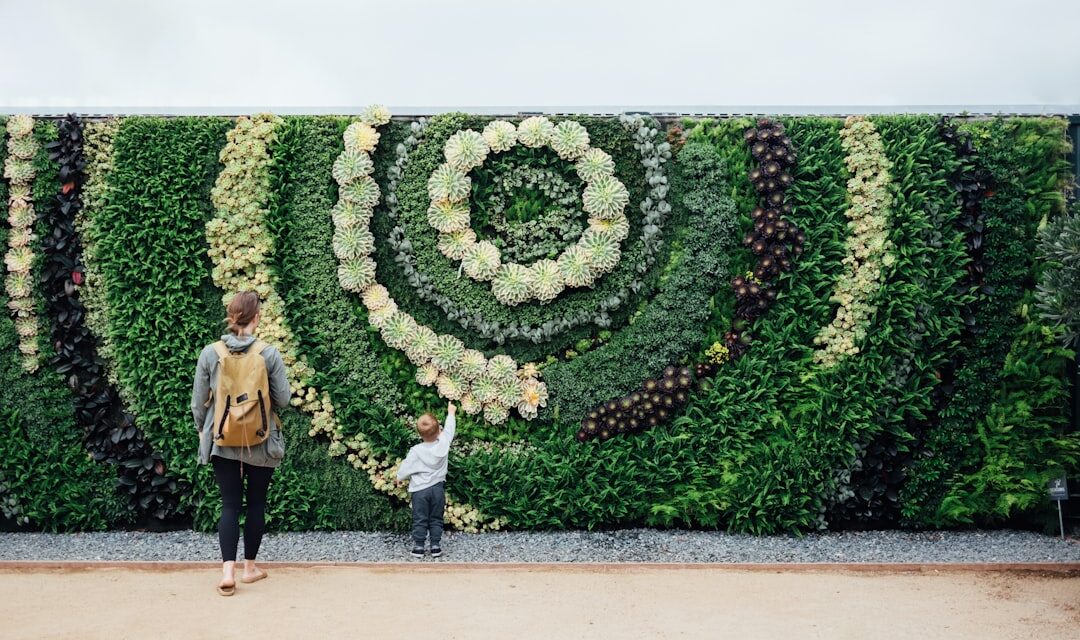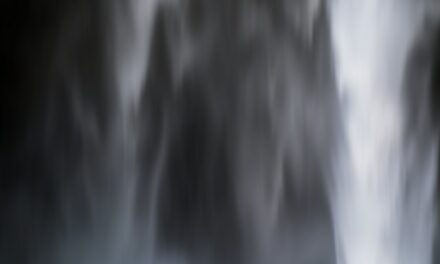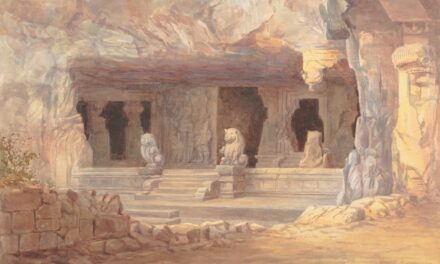Karel du Jardin was born in 1626 in the vibrant city of Amsterdam, a hub of artistic and cultural activity during the Dutch Golden Age. His early life was steeped in the rich traditions of Dutch art, which was characterised by a burgeoning interest in realism and the natural world. Du Jardin was the son of a painter, which undoubtedly influenced his early exposure to the arts.
His formative years were spent in an environment that celebrated creativity, allowing him to develop a keen eye for detail and a deep appreciation for the nuances of light and shadow. This early immersion in the world of art would lay the groundwork for his future endeavours as a painter. Du Jardin’s formal education in art began under the tutelage of prominent artists of his time.
He is believed to have studied with the renowned painter, Nicolaes Berchem, who was known for his landscapes and pastoral scenes. This apprenticeship provided du Jardin with a solid foundation in the techniques of painting, as well as an understanding of composition and colour theory. The influence of Berchem’s style can be seen in du Jardin’s early works, which often featured idyllic landscapes and rustic settings.
As he honed his skills, du Jardin began to develop his unique voice, blending the influences of his mentors with his own observations of the world around him.
Summary
- Karel du Jardin was born in Amsterdam in 1626 and received his early artistic training from his father, who was a tapestry designer.
- Du Jardin was heavily influenced by Italian Baroque art, particularly the work of the renowned artist, Nicolaes Berchem, which inspired him to incorporate Italianate landscapes and pastoral scenes into his own work.
- After moving to Amsterdam, du Jardin developed his signature style, characterized by his use of light and shadow, as well as his ability to capture the movement and energy of animals in his paintings.
- Du Jardin gained patronage from prominent figures in Dutch society and formed close relationships with fellow artists, such as Jan Both and Johannes Lingelbach, who shared his interest in Italianate landscapes.
- Du Jardin’s travels to Italy had a profound impact on his artistic development, leading him to incorporate classical ruins and architectural elements into his work, as well as to experiment with new techniques and compositions.
- The subject matter of du Jardin’s work often revolved around pastoral scenes, with a focus on shepherds, animals, and idyllic landscapes, reflecting his fascination with the Italian countryside.
- Du Jardin was known for his innovative use of light and shadow, as well as his ability to capture the movement and energy of animals in his paintings, which set him apart from his contemporaries.
- Despite facing some controversies and criticisms during his career, du Jardin’s work was highly regarded by his peers and patrons, and he left a lasting legacy in the Dutch Golden Age art movement.
- Du Jardin’s impact on Dutch Golden Age art was significant, as he played a key role in popularizing Italianate landscapes and pastoral scenes in Dutch painting, influencing future generations of artists.
- Today, Karel du Jardin’s art is highly appreciated and sought after by collectors, with his paintings being displayed in prestigious museums and private collections around the world.
Influence of Italian Baroque Art
The Italian Baroque movement had a profound impact on Karel du Jardin’s artistic development. The dramatic use of light and shadow, known as chiaroscuro, along with the emotive expressions and dynamic compositions characteristic of Baroque art, resonated deeply with du Jardin. Artists such as Caravaggio and Rembrandt were pivotal in shaping his understanding of how to convey emotion through visual storytelling.
The theatricality inherent in Baroque art inspired du Jardin to explore more complex narratives within his own work, moving beyond mere representation to evoke a sense of drama and movement. Du Jardin’s exposure to Italian Baroque art also encouraged him to experiment with colour and texture. The rich palettes employed by Baroque masters allowed him to explore the interplay between light and colour, resulting in paintings that were both vibrant and atmospheric.
This influence is particularly evident in his later works, where he began to incorporate more vivid hues and intricate details into his compositions. The emotional depth and intensity found in Italian Baroque art became a hallmark of du Jardin’s style, setting him apart from many of his contemporaries in the Dutch art scene.
Move to Amsterdam and Development of Style
In the mid-17th century, Karel du Jardin made the pivotal decision to move to Amsterdam, a city that was rapidly becoming the epicentre of artistic innovation and commerce. This relocation marked a significant turning point in his career, as he was now surrounded by a diverse community of artists, patrons, and collectors. The bustling atmosphere of Amsterdam provided du Jardin with ample opportunities to showcase his work and engage with fellow creatives.
It was during this period that he began to refine his artistic style, drawing inspiration from both the local environment and the broader European art movements. Du Jardin’s time in Amsterdam allowed him to experiment with various genres, including landscapes, genre scenes, and portraits. His ability to capture the essence of everyday life resonated with audiences, leading to increased demand for his work.
As he developed his style, du Jardin began to incorporate elements of realism and naturalism into his paintings, reflecting the changing tastes of collectors who sought authenticity in art. This evolution not only solidified his reputation as a skilled artist but also positioned him as a key figure within the vibrant artistic community of Amsterdam.
Patronage and Relationships with Fellow Artists
Throughout his career, Karel du Jardin cultivated relationships with influential patrons and fellow artists that significantly shaped his artistic trajectory. His connections within the Amsterdam art scene provided him with opportunities for commissions and exhibitions, allowing him to gain recognition among collectors and connoisseurs alike. Notably, du Jardin’s work caught the attention of wealthy merchants and nobility who were eager to acquire pieces that reflected their status and appreciation for fine art.
Du Jardin’s relationships with other artists were equally important in fostering his growth as an artist. He interacted with notable figures such as Jan Steen and Frans Hals, whose diverse styles and approaches to painting offered du Jardin new perspectives on artistic expression. These interactions not only enriched his understanding of different techniques but also encouraged him to push the boundaries of his own work.
Travels to Italy and Impact on Artistic Development
Karel du Jardin’s travels to Italy were instrumental in shaping his artistic vision and expanding his repertoire. During his time in Italy, he immersed himself in the rich cultural heritage of the region, studying the works of Renaissance masters such as Raphael and Titian. This exposure to classical art forms deepened his understanding of composition, perspective, and colour theory, which he would later incorporate into his own paintings.
The influence of Italian art is particularly evident in du Jardin’s later works, where he began to adopt more dynamic compositions and dramatic lighting effects reminiscent of Baroque painting. His travels also allowed him to explore new subject matter, including mythological themes and historical narratives that were prevalent in Italian art. This broadened perspective not only enriched his artistic vocabulary but also positioned him as a versatile painter capable of tackling a wide range of themes.
Subject Matter and Themes in Karel du Jardin’s Work
Karel du Jardin’s body of work is characterised by a diverse array of subject matter that reflects both his personal interests and the cultural context of his time. One prominent theme in his paintings is the depiction of pastoral scenes that celebrate rural life. These idyllic landscapes often feature peasants engaged in daily activities, capturing the simplicity and beauty of nature.
Du Jardin’s ability to convey a sense of harmony between humanity and the natural world resonates deeply with viewers, inviting them to appreciate the tranquillity found in everyday moments. In addition to pastoral scenes, du Jardin explored themes related to mythology and allegory. His works often incorporate symbolic elements that invite interpretation, encouraging viewers to engage with deeper narratives beyond mere visual representation.
This thematic complexity adds layers of meaning to his paintings, allowing them to transcend their immediate subject matter. By weaving together various themes, du Jardin created a rich tapestry of visual storytelling that continues to captivate audiences today.
Techniques and Innovations in Karel du Jardin’s Art
Karel du Jardin was not only a masterful painter but also an innovator who employed various techniques that set him apart from his contemporaries. One notable aspect of his work is his adept use of chiaroscuro, which creates a striking contrast between light and shadow. This technique enhances the three-dimensionality of his subjects, drawing viewers into the scene while adding depth and drama to his compositions.
Du Jardin also experimented with texture and brushwork, employing a variety of techniques to achieve different effects within his paintings. His ability to render intricate details—such as the delicate play of light on water or the subtle variations in foliage—demonstrates his keen observational skills and technical prowess. By pushing the boundaries of traditional painting methods, du Jardin contributed to the evolution of Dutch art during the Golden Age, leaving an indelible mark on the artistic landscape.
Recognition and Legacy
Karel du Jardin’s contributions to the art world did not go unnoticed during his lifetime; he garnered significant recognition for his work both in Amsterdam and beyond. His paintings were sought after by collectors who appreciated their technical excellence and thematic richness. Du Jardin’s ability to capture the essence of Dutch life resonated with audiences, solidifying his reputation as one of the leading artists of his time.
Even after his passing in 1678, du Jardin’s legacy continued to influence subsequent generations of artists. His innovative techniques and thematic explorations paved the way for future developments within Dutch art. Today, du Jardin is celebrated not only for his individual contributions but also for his role in shaping the broader narrative of Dutch Golden Age painting.
Controversies and Criticisms
Despite Karel du Jardin’s acclaim, he was not without controversies or criticisms throughout his career.
Such debates surrounding authorship are not uncommon within the art world; however, they have led some scholars to reassess du Jardin’s contributions critically.
Additionally, while many praised du Jardin’s pastoral scenes for their idyllic representation of rural life, others argued that they romanticised peasant existence at a time when social issues were prevalent in Dutch society. Critics contended that such depictions glossed over the harsh realities faced by many individuals living in poverty. These discussions highlight the complexities inherent in interpreting art within its historical context, prompting ongoing dialogue about the role of artists in reflecting societal truths.
Impact on Dutch Golden Age Art
Karel du Jardin’s influence on Dutch Golden Age art cannot be overstated; he played a pivotal role in shaping the aesthetic sensibilities of this remarkable period. His ability to blend realism with emotional depth resonated with audiences seeking authenticity in their artistic experiences. Du Jardin’s exploration of diverse subject matter—from pastoral scenes to allegorical narratives—enriched the artistic landscape, inspiring fellow artists to experiment with their own styles.
Moreover, du Jardin’s innovative techniques contributed significantly to the evolution of painting during this era. His mastery of chiaroscuro and texture set new standards for technical excellence that would be emulated by subsequent generations. As a result, Karel du Jardin remains an essential figure within the canon of Dutch Golden Age art, representing both its achievements and its complexities.
Appreciation and Collecting Karel du Jardin’s Art
Today, Karel du Jardin’s works are highly sought after by collectors and institutions alike, reflecting a renewed appreciation for his contributions to art history. His paintings can be found in prestigious museums around the world, where they continue to captivate audiences with their beauty and depth. Collectors are drawn not only to du Jardin’s technical skill but also to the emotional resonance found within each piece.
The market for du Jardin’s work has seen significant growth over recent years as scholars have re-evaluated his place within Dutch art history. Auctions featuring his paintings often attract considerable attention, with collectors eager to acquire pieces that embody both historical significance and aesthetic appeal. As interest in Karel du Jardin continues to flourish, it is clear that his legacy endures—an enduring testament to the power of art to transcend time and connect us with our shared human experience.
For those interested in exploring different artistic techniques, a fascinating article on sculpting animals, anatomy, fur, and dynamic forms can be found at this link. This article delves into the intricate details of creating lifelike sculptures and the importance of understanding animal anatomy. It provides valuable insights for artists looking to enhance their skills in sculpting.



